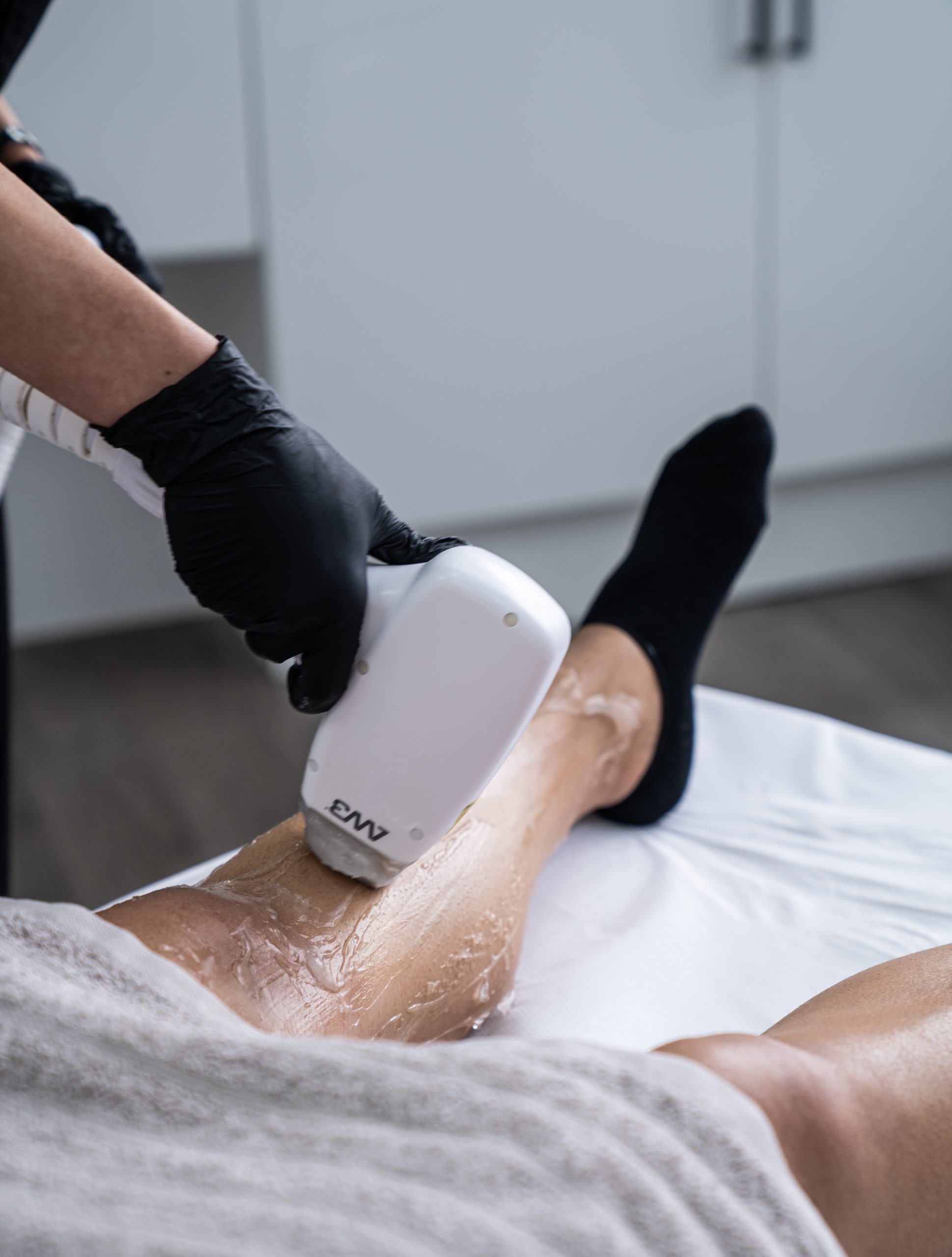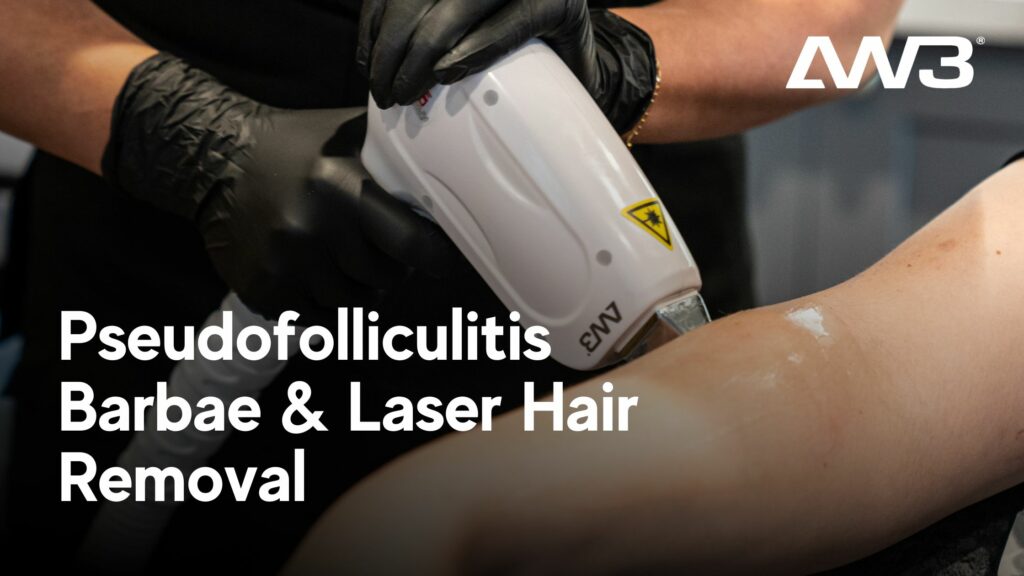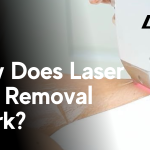AW3® Academy, Frequently Asked Questions, Hair Removal
Pseudofolliculitis Barbae & Laser Hair Removal
Pseudofolliculitis barbae, commonly known as razor bumps, is a condition where hair follicles become inflamed after shaving, leading to bumps and irritation. Laser hair removal can be an effective treatment to manage and reduce this condition.
What is Pseudofolliculitis Barbae?
Pseudofolliculitis barbae occurs when curly hair grows back into the skin, causing inflammation and bumps. It is commonly seen in individuals who shave regularly, particularly those with curly hair.

How Does Laser Hair Removal Help with Pseudofolliculitis Barbae?
Laser hair removal targets and destroys hair follicles, which reduces the need for shaving and minimizes the occurrence of razor bumps. By decreasing hair regrowth, it prevents the irritation and inflammation associated with pseudofolliculitis barbae.
Benefits of Laser Hair Removal for Pseudofolliculitis Barbae
- Prevents Razor Bumps: Reduces hair growth, which decreases the frequency of shaving and the associated risk of razor bumps.
- Smoother Skin: Helps achieve smoother skin by reducing inflammation and irritation.
- Long-Term Solution: Offers a lasting reduction in hair growth, providing a more permanent solution compared to traditional shaving.

What to Expect During and After Treatment
- Pre-Treatment: Consultation to assess skin and hair type and develop a personalized plan.
- Treatment Sessions: Several sessions are typically needed, spaced a few weeks apart, to achieve optimal results.
- Aftercare: Some redness and sensitivity may occur. Follow aftercare instructions to avoid irritation and support healing.
Laser hair removal provides a practical solution for managing pseudofolliculitis barbae, offering long-term relief from razor bumps and irritation. Discover how laser hair removal can help with pseudofolliculitis barbae by visiting our Find a Provider page to connect with an AW3® treatment provider.




